Imatra is a town in the southeastern part of Finland, in the region of South Karelia. It lies just a few kilometers from the border with Russia and the Russian town of Svetogorsk is 7 kilometers away. The town is the seat of the local municipality and has a population of around 25,200 inhabitants. A majority of these people are Finnish speakers, with a significant minority of Russian speakers. The town is probably most famous for Imatrankoski, the rapids in the Vouksi River. These were once the largest rapids in Finland, but are today replaced by the Imatra Hydroelectric Plant.

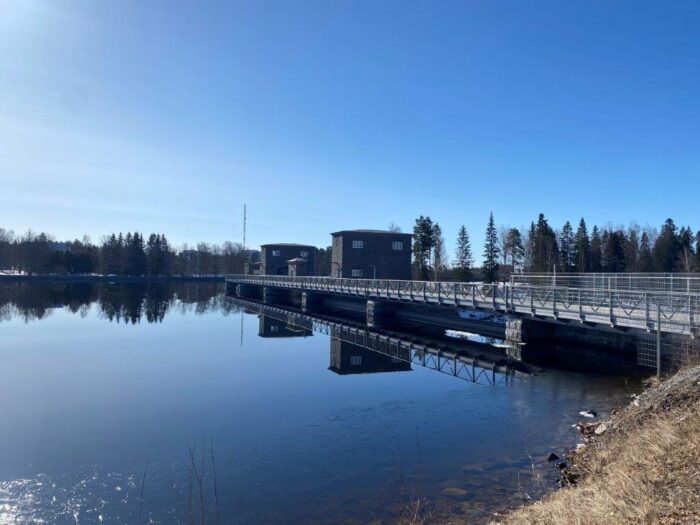

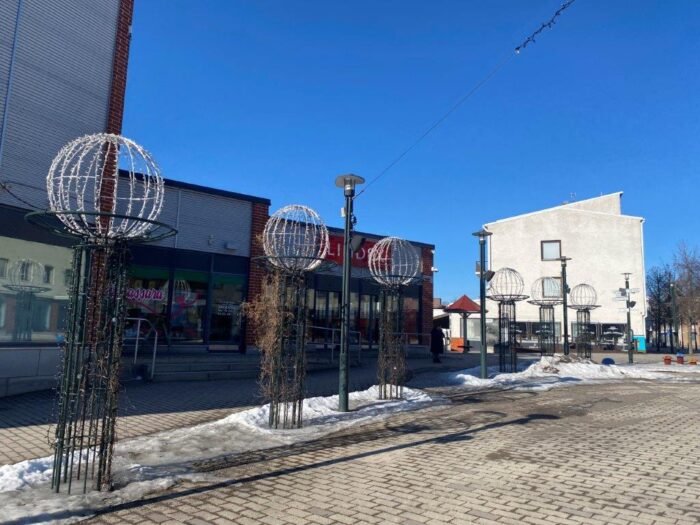


A Short History of Imatra
Imatra has received its name from the rapids Imatrankoski. The rapids have most likely played an important cultural role during the centuries and became a tourist destination already in the 18th century. The rapids were tamed in 1929 with the construction of the Imatra Hydroelectric Plant.
What is today Imatra was founded in 1948 on land that previously was part of the three municipalities of Jääski, Ruokolahti, and Joutseno. All had prior to the foundation their own industrial centers, These were known as the Tainionkoski, the Vuoksenniska, and the Imatrankoski. The latter has since become the center of the current town. Imatra gained town status in 1971.
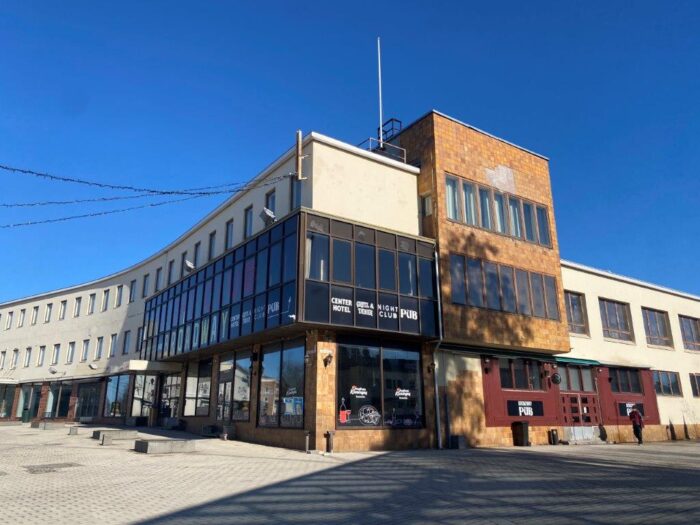
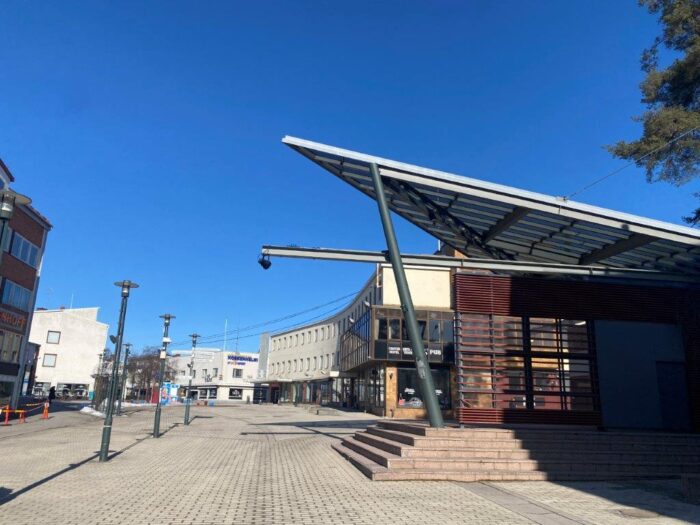

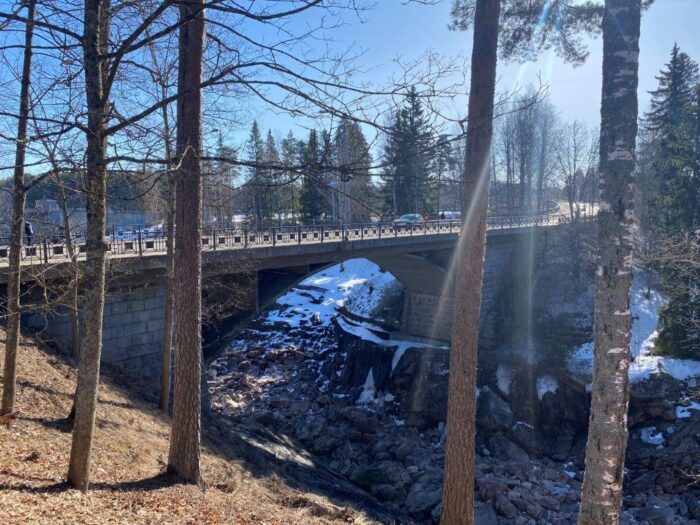


Things to Do and See
When you visit Imatra you follow the footstreps of a long line of famous historical personalities. These include the Russian Empress Catherine the Great, Emperor Dom Pedro II of Brazil, the composer Jean Sibelius, and the painter Albert Edelfelt. The huge floodgates of the hydroelectric power-power plant are the main landmark together with the hotel Valtionhotelli. There is in addition to these also a city center to explore. Here you will find a few shops and restaurants, just a short walk from the river. Just a few kilometers to the north is also the immense Lake Saimaa, the fourth largest lake in Europe.
Imatra Hydroelectric Plant
The Imatra Hydroelectric Plant was completed in 1929 and is today one of the main landmarks in the area. The huge floodgates are opened a few times each year and attract many visitors to these events. It is usually the floodgates and not the power plant itself that are considered the main sight. The power plant is actually located a bit south further down the Vuoksi River.
Kruununpuisto
The river is split into two with the floodgates and the hydroelectric power plant. In between these is the park Kruununpuisto. This is the oldest nature reserve in Finland and offers many viewpoints of the river especially viewpoints for when the floodgates are opened.
Valtionhotelli
Valtionhotelli is a castle-like building near the river. It is a hotel that was completed in 1903 but has found alternative use during times of war. Today the hotel is a part of the Swedish hotel chain Scandic.
Veteraanimuseo
The Veteraanimuseo, translated it is the Veteran Museum, is a local museum of military history. The museum has collections dating back to the independence of Finland and the years since. There are objects of war memorabilia from both Germany and the Soviet Union here as well as a history to be told.


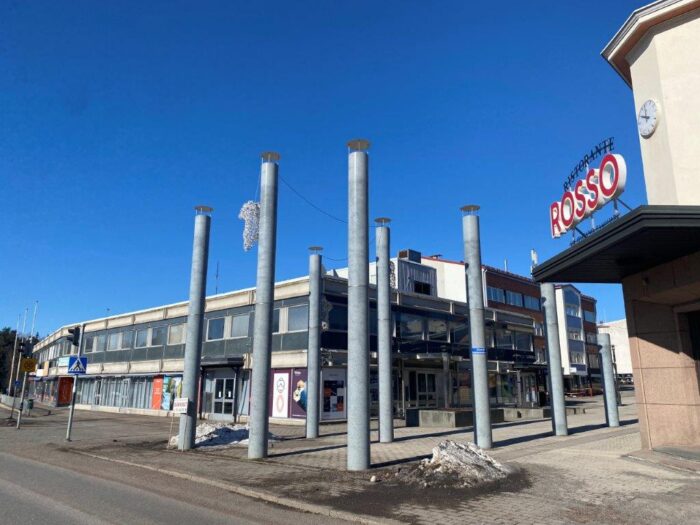


How to Get to Imatra
- Flights: Lappeenranta Airport (LPP) 38 kilometers to the west.
- Car: Imatra is along Road 6 to the east of Lappeenranta.
- Train: There are trains to Imatra from places like Helsinki and Joensuu.
The driving distance from 5 major Finnish cities, according to Google Maps:
- Helsinki – 264 kilometers (2 h 56 min)
- Turku – 423 kilometers (4 h 33 min)
- Vaasa – 528 kilometers (6 h 29 min)
- Oulu – 527 kilometers (6 h 23 min)
- Joensuu – 202 kilometers (2 h 25 min)
Looking to Explore more of Finland and Europe?

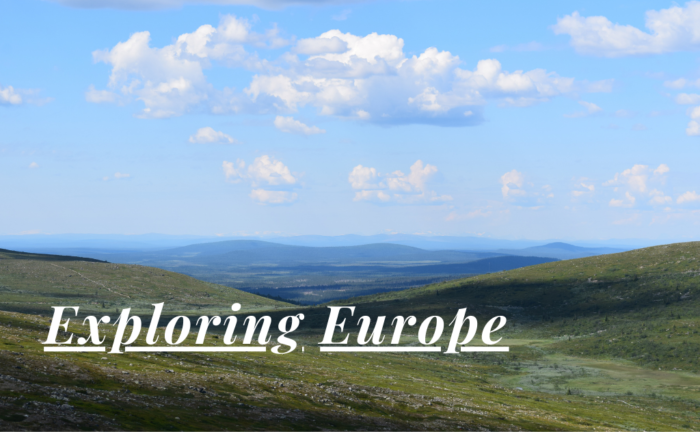


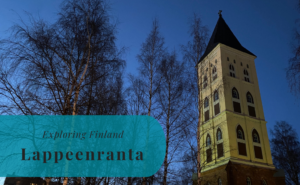




I have to say that when we travelled round Finland in 2016 Imatra was the one major disappointment, with the rapids no longer running as they claimed. We stayed at the Valtionhotelli, and despite it being the most expensive hotel on our trip, and located in a glorious building, the service, food and drink offering, and the general state of the place was absolutely awful. Shortly after it was shut down and sold to Scandic so I imagine it’s a much pleasanter experience now.
I was less than complimentary about it at the time
Sadly that is the case with most hydroelectric powerplants in the Nordics, the floodgates are usually only opened once or twice a year. The rest of the year the rapids are dry. We had a similar feeling when visiting Porjus in Sweden and it was not really much to see in regards to the former river. So that was what we expected of Imatra as well, but it would have been a very positive surprise if they would have had the floodgates open. 🙂
There are sadly many places in the Nordics that live on their former status instead of what they are able to offer today. Luckily, more and more of them seem to be changing owners and undergo the decade-long needed renovations.